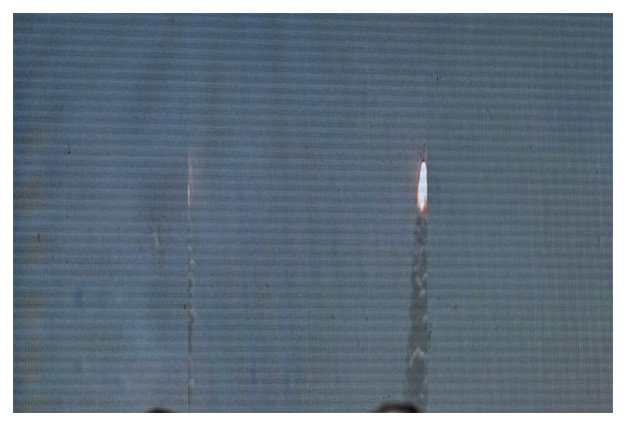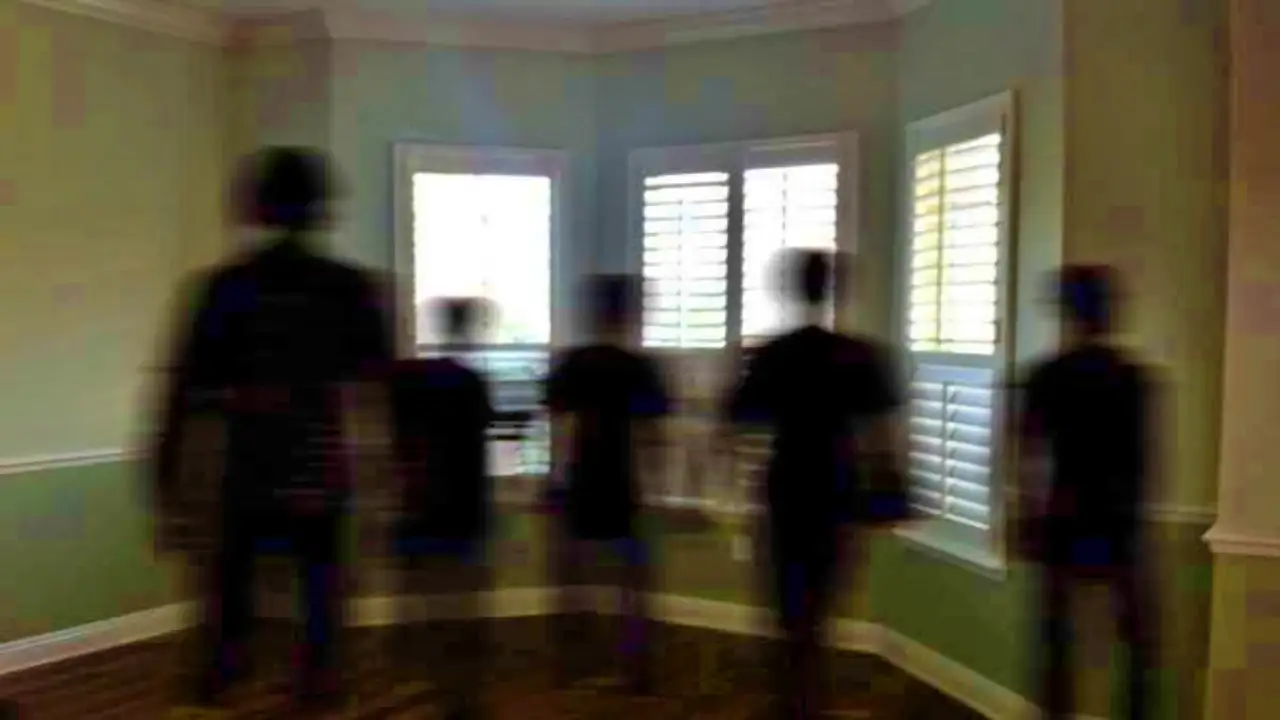The Indian probe Aditya-L1 sent to the center of the solar system to study the sun has left Earth’s sphere of influence, the national space agency announced on Saturday night.
Key points
Aditya-L1 mission, which means “Sun” in Hindi, launched on September 2 for a four-month journey. The probe carries scientific instruments to observe the outer layers of the solar body.
“The probe has left Earth’s sphere of influence,” the Indian Space Research Organization (ISRO) said in a statement.
Named after the Hindu goddess of the sun, the probe has covered 920,000 kilometers since takeoff, or just over halfway to its destination.
At this point, the gravitational forces of the Earth and the Sun cancel each other out, allowing the probe to remain in a stable orbit.
“This is the second time in a row that ISRO has sent a spacecraft outside Earth’s sphere of influence, the first being the Mars Orbiter mission” (2013–2014), the space agency added.
Both Japan and China have launched their own solar observation missions, but in Earth orbit.
If ISRO’s new mission is successful, the probe will be the first to be placed in orbit around the Sun by an Asian country.
The United States and the European Space Agency (ESA) have already put vehicles into orbit to study the sun, starting with NASA’s Pioneer program in the 1960s.
On August 23, India became the first country to land a rover, Chandrayaan-3, near the South Pole of the Moon and joined the club of countries that have successfully carried out a controlled landing on the Moon.
Before that, only the United States, the Soviet Union, and China had managed to carry out such an operation successfully.
Pragyan [“wisdom” in Sanskrit], a six-wheeled solar-powered vehicle, carried out a scientific mission in the Moon’s South Pole region before being turned off during the lunar night about two weeks ago.
ISRO intended to extend its mobile robot’s mission by reactivating it as soon as light returns to the lunar surface, but the machine has not yet responded.
When Aditya-L1 will reach Sun?
Has any country landed on Sun?
Is Aditya L1 better than Parker Solar Probe?
The controversy over the “isro aditya l1 mission vs nasa parker solar probe” has no clear winner or loser; both missions have diverse objectives and scales. Their combined data will provide a more complete picture of our Sun.










